 Over the course of a long and remarkable academic career, Martin Eidelberg has consistently championed the artistic and historic significance of the decorative arts. In documenting Adelaide Alsop Robineau’s evolution from china decorator to ceramist, all in accord with the desire of the Arts & Crafts Movement to end the division between designer and craftsman (and indeed, between men and women), Dr. Eidelberg has referred to the “moral imperative” which guided her when making each of her pots unique in form and glaze. In surveying the Eidelberg canon, I would argue that this great scholar has followed a similar path. With his repeated inquiries into his favorite subjects—from the art of Watteau to Tiffany’s lamps—Dr. Eidelberg has continually improved our sense of history, through the joys of archival discovery, collaborations with colleagues and students, and old-fashioned connoisseurship in an age of critical theory. The history of late nineteenth- and twentieth-century decorative arts in Europe and America would not be as well-written or fully formed without his contributions.
Over the course of a long and remarkable academic career, Martin Eidelberg has consistently championed the artistic and historic significance of the decorative arts. In documenting Adelaide Alsop Robineau’s evolution from china decorator to ceramist, all in accord with the desire of the Arts & Crafts Movement to end the division between designer and craftsman (and indeed, between men and women), Dr. Eidelberg has referred to the “moral imperative” which guided her when making each of her pots unique in form and glaze. In surveying the Eidelberg canon, I would argue that this great scholar has followed a similar path. With his repeated inquiries into his favorite subjects—from the art of Watteau to Tiffany’s lamps—Dr. Eidelberg has continually improved our sense of history, through the joys of archival discovery, collaborations with colleagues and students, and old-fashioned connoisseurship in an age of critical theory. The history of late nineteenth- and twentieth-century decorative arts in Europe and America would not be as well-written or fully formed without his contributions.
The present auction of selected works from Martin’s collection, which represents more than fifty years of his pursuit of the nest works “from our native clay,” is also an opportunity to celebrate his career as a friend and mentor to several generations of collectors, historians, dealers and auctioneers. My own history in the design market is intertwined with Martin’s, and I rarely go more than a few days without referring to something that he has written, or guidance that he has given. Nearly twenty-five years ago, when I was enrolled as a graduate student at Rutgers and took a course in French Baroque painting taught by him, I was only dimly aware of his importance in what was to become my professional calling. I had missed by a few years the opportunity to have been a part of the team of Rutgers graduate students and independent researchers assembled by Martin to write the bible of mid-twentieth century design history, What Modern Was, an exhibition catalogue for the Liliane and David Stewart Collection in Montreal, It later served as my introduction to hundreds of mid-century designers, from Aalto to Zeisel.
In the mid-1990s I worked at Christie’s, where Martin enjoyed legendary status as the co-author with Nancy McClelland of several books on Tiffany. There I first discovered From Our Native Clay, an exhibition organized by Martin for the American Ceramics Society and staged at Christie’s in 1987. In 2000, when I was hired by the late Dan Klein, to direct a new department of modern design at Phillips, Martin invited me to dinner with Dan who, I discovered, was one of his oldest friends. At every turn, Martin has been a constant in my life. The authority of his knowledge and experience have continuously benefitted me and many others.
It is hard to overstate the importance of Martin’s scholarship. On one hand, he has been the Vasari of our times, old enough to have interviewed many of the modernist designers themselves! But he has arguably played an even more important, Pevsnerian role in elevating the history of Tiffany Studios and American art pottery to the level of art and architecture. His catalogues and articles have combined meticulous research from primary sources, interviews with direct descendants and, most importantly, the analysis and interpretation of archival material and the works themselves. It also would not be a stretch to call Martin a feminist art historian, as he has devoted a signicant part of his writings to the role played by women. He is credited with the great discovery that Clara Driscoll and “the Tiffany Girls” were in fact responsible for designing Tiffany’s most iconic floral lamp shades. His studies on the work of Robineau, Zeisel, and Leza McVey were equally ground-breaking, and it is befitting that some of their works are included in this sale.
In the world of art pottery, Martin’s publications helped displace the ancient era of collector’s guides. He brought dignity and credibility to a generation of kindred spirits who were collecting and categorizing the ceramics of Grueby, Ohr, Rookwood, Newcomb College and so many others. The layout and style of this very auction catalogue pays not so subtle homage to the granddaddy of all exhibition tomes in this eld, The Arts and Crafts Movement in America 1876-1916, an event in which he played a major role. For that exhibition he selected and wrote the entries for 140 ceramics. They constituted almost half that show, a critical watershed in the re-assessment of American turn-of-the-century pottery. A number of vases in this sale were actually included in that ground-breaking exhibition more than forty years ago.
This brings us to Martin’s collection itself. Stored for decades on the dusty shelves of his apartment on the Upper West Side, it is an awe-inspiring result of the lifelong passion of the ultimate scholar-collector. He has already donated several works to the Metropolitan Museum of Art. Much of the rest is here in this catalogue. The majority of these have been in Martin’s possession for between twenty-five and fifty years. Many have been published and exhibited, and their provenances represent a who’s who of the ceramics market since the 1960s. There is a trove of remarkable Robineau and University City vases acquired from the estate of Edward and Mabel Lewis, founders of University City Pottery, which Martin acquired with the assistance of his good friend Paul Evans, the noted ceramics scholar. There are Ohr pots that were part of the legendary Carpenter cache, which Martin writes about later in this catalogue. There are pieces acquired from Lillian Nassau, the doyenne of Tiffany dealers. And there are a good number of choice works acquired from a fellow named David Rago, who first sold pots to Martin at a Jersey flea market in the 1970s.
It is fitting that while this catalogue was being prepared, Martin was spending his days at the Metropolitan Museum of Art, working with Nonnie Frelinghuysen on yet another major project, the publication of a monumental catalogue of the ceramics collection of his friend Robert A. Ellison, Jr. Martin’s collecting days may be over, but his scholarship and guidance in the eld continues and will endure.
James Zematis



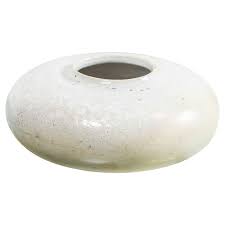
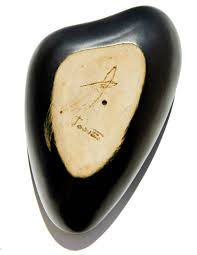
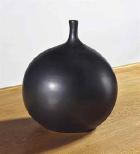
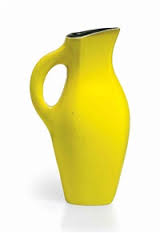
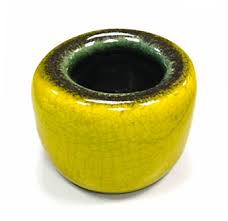
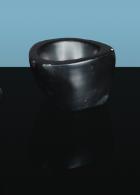
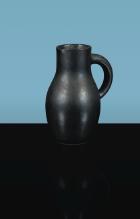
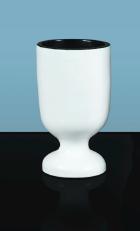
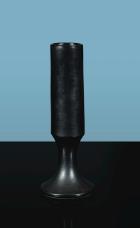
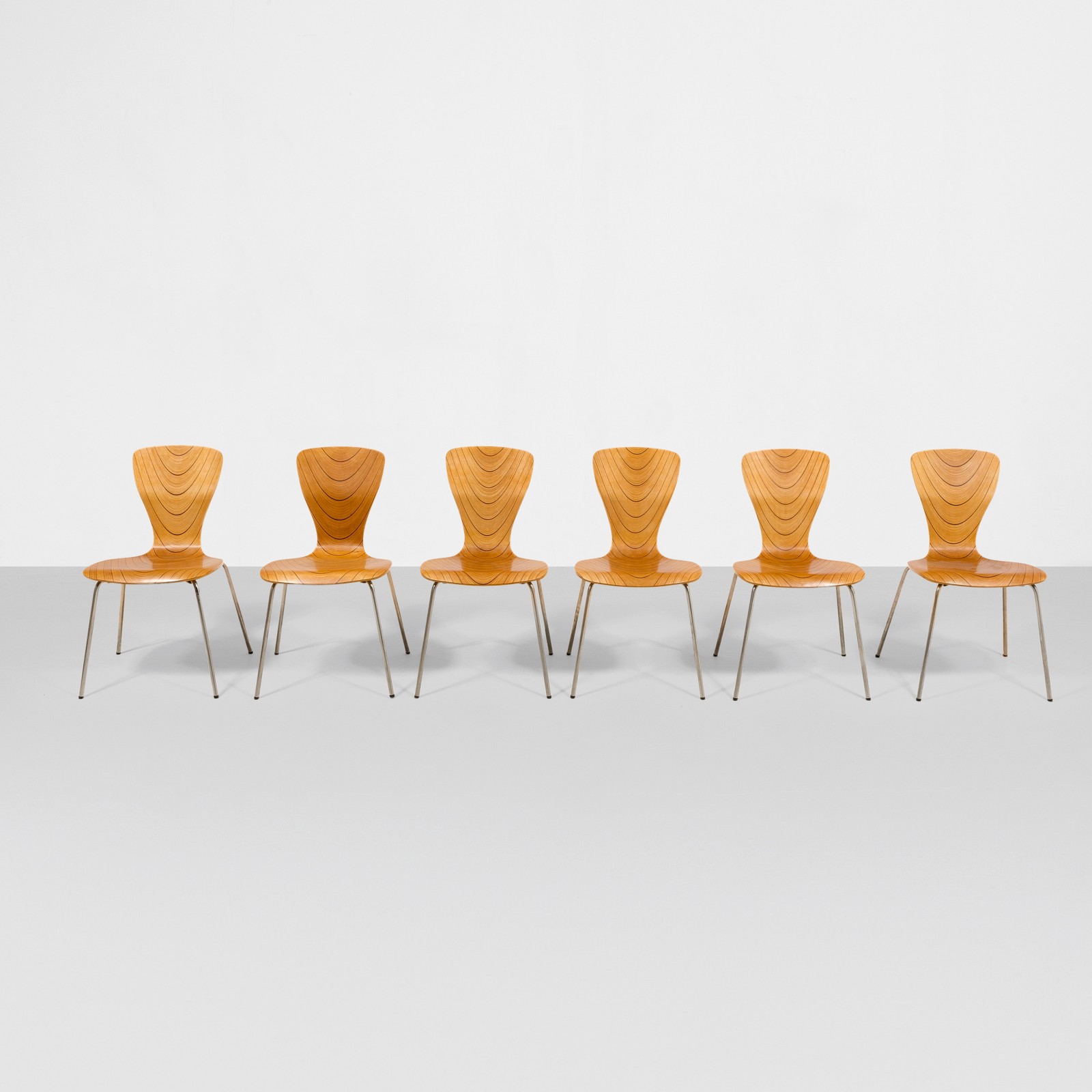
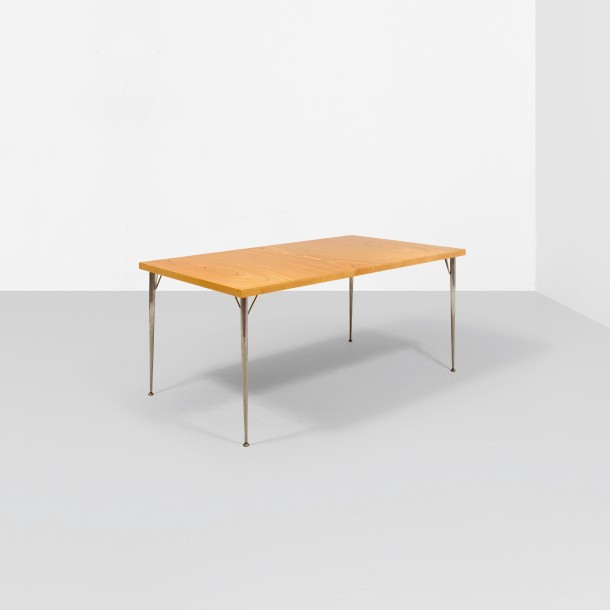
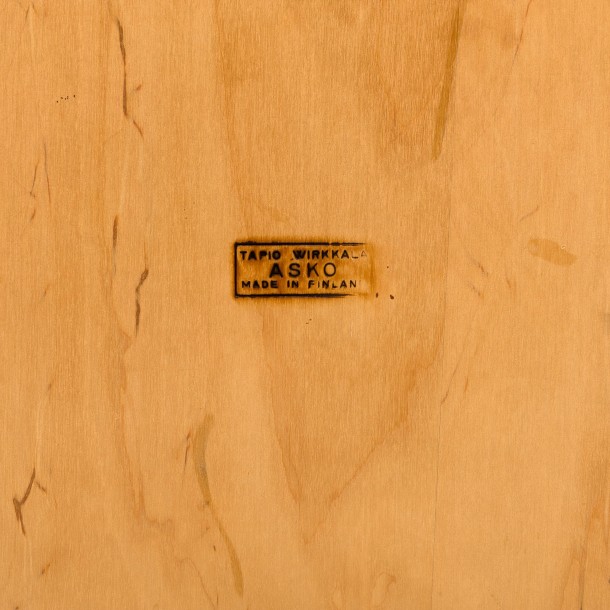
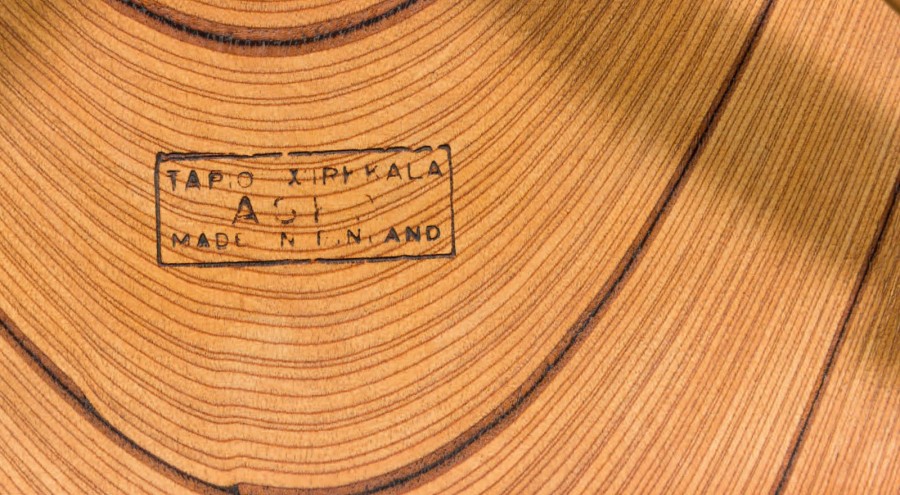
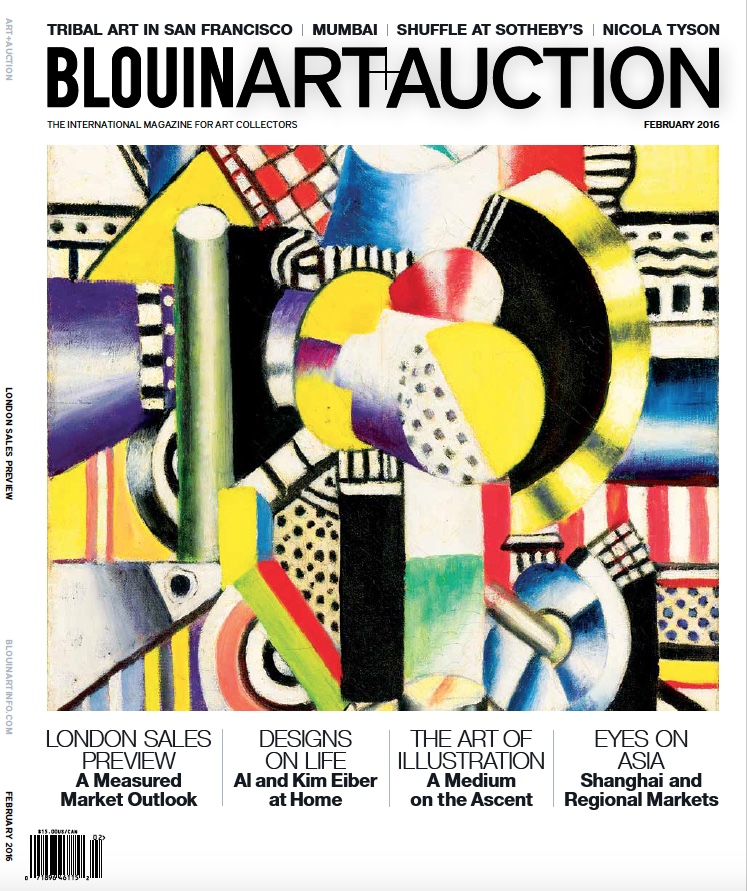
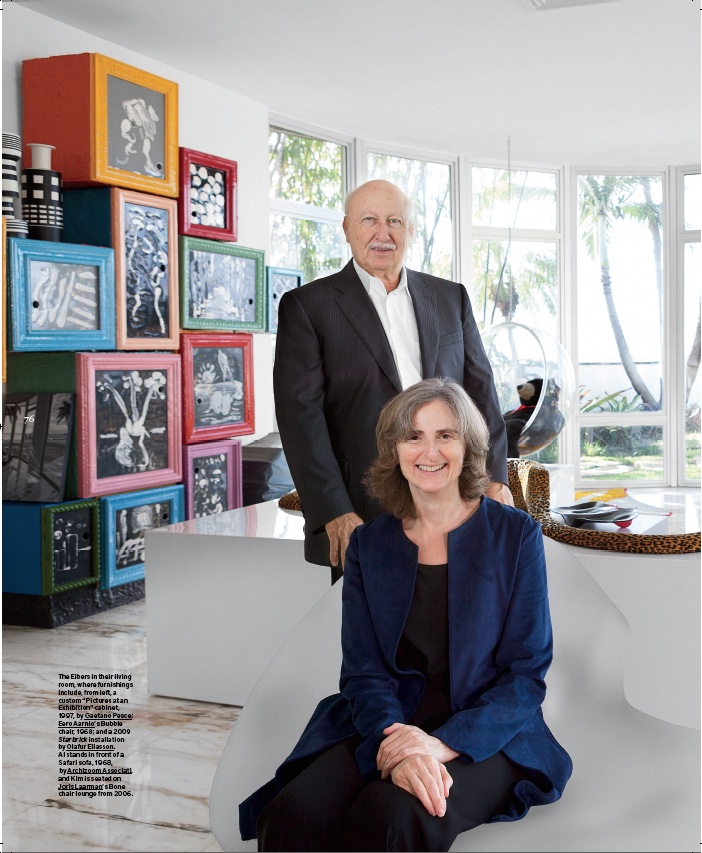
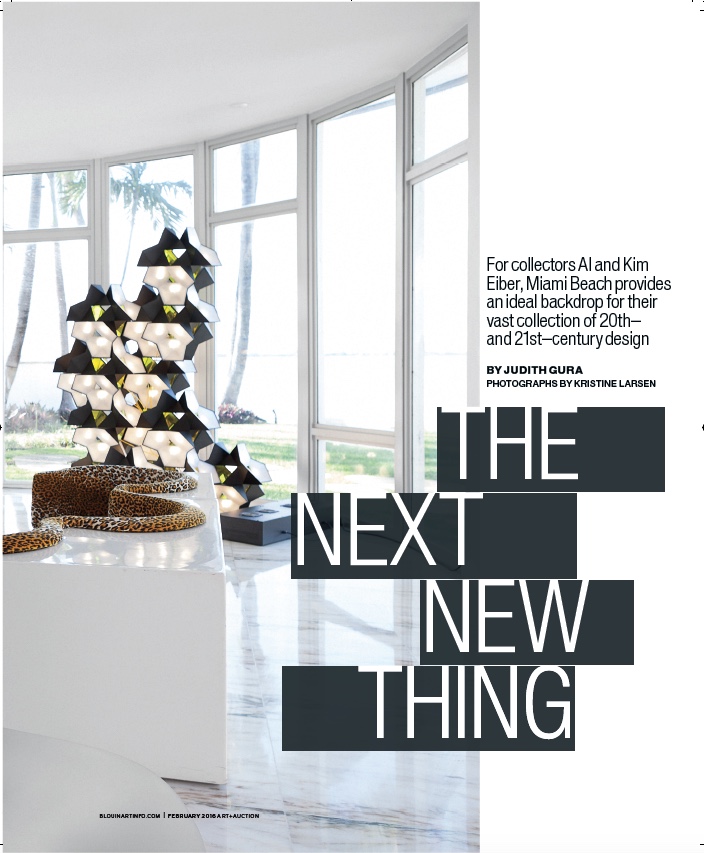
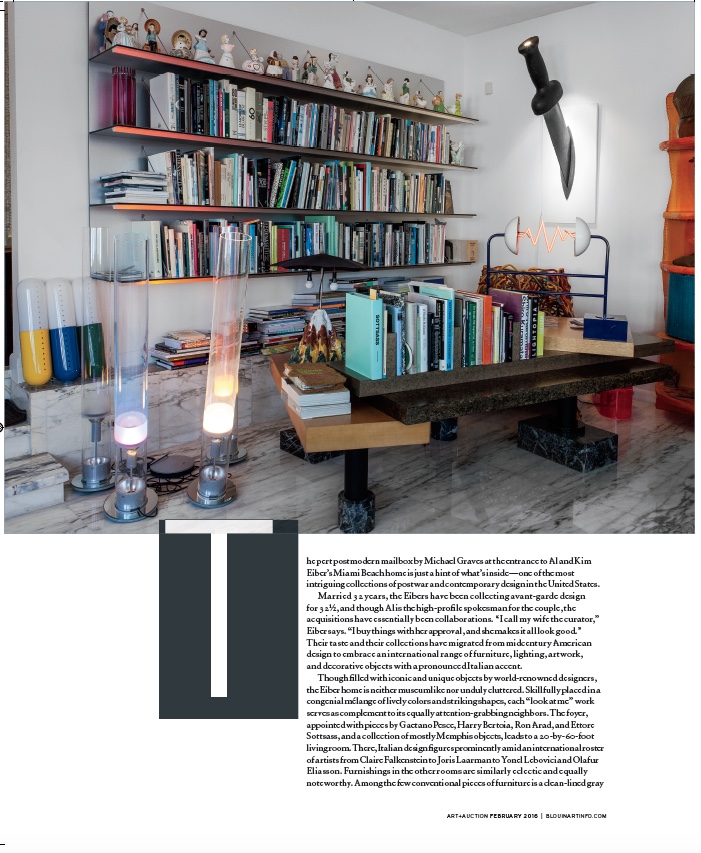
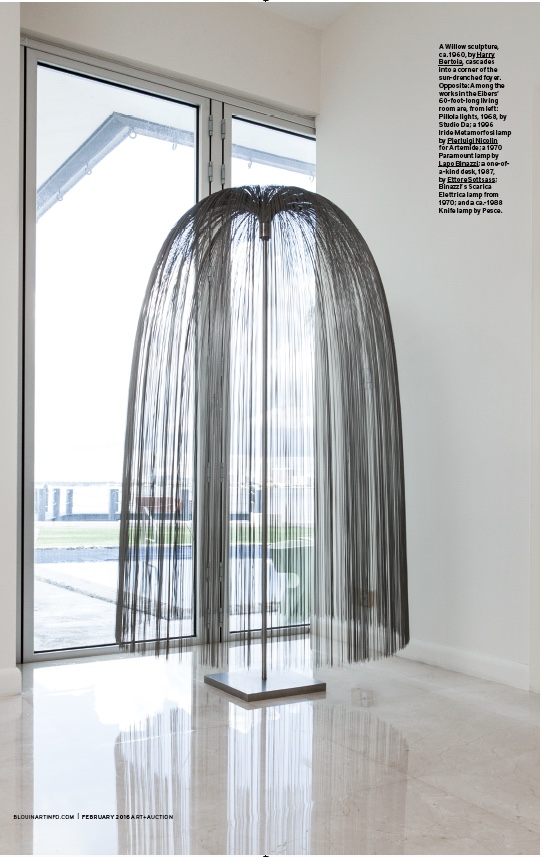
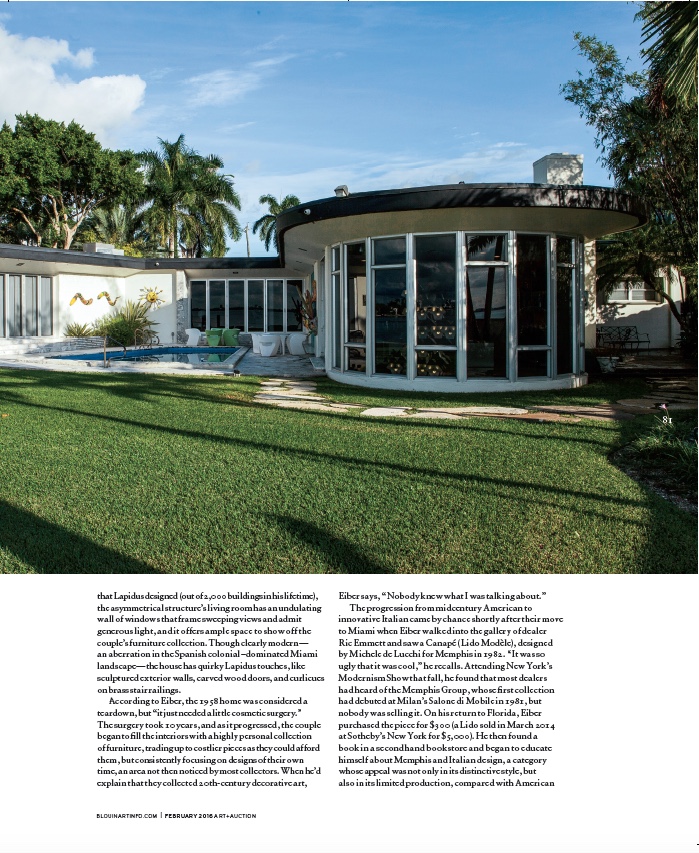
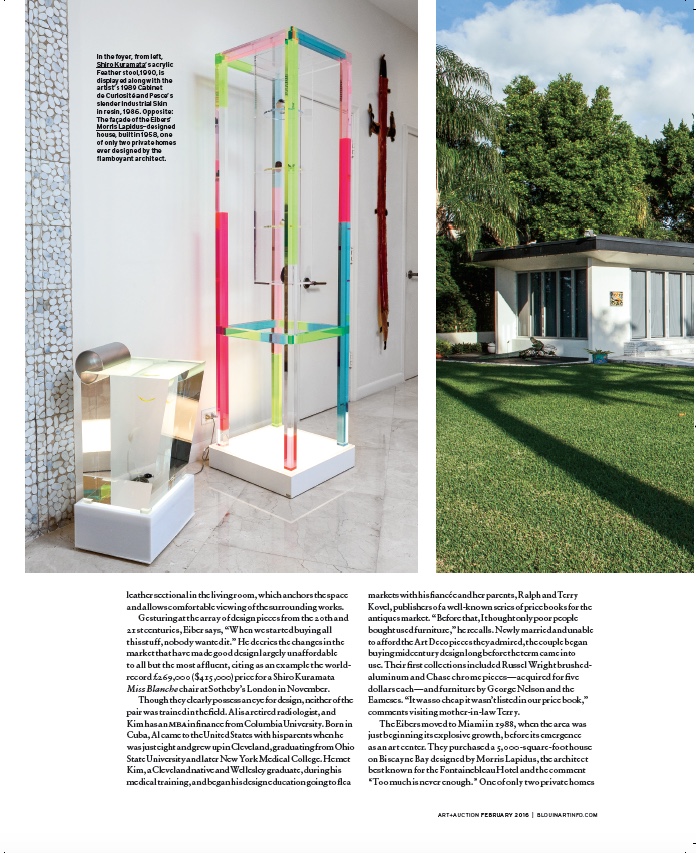
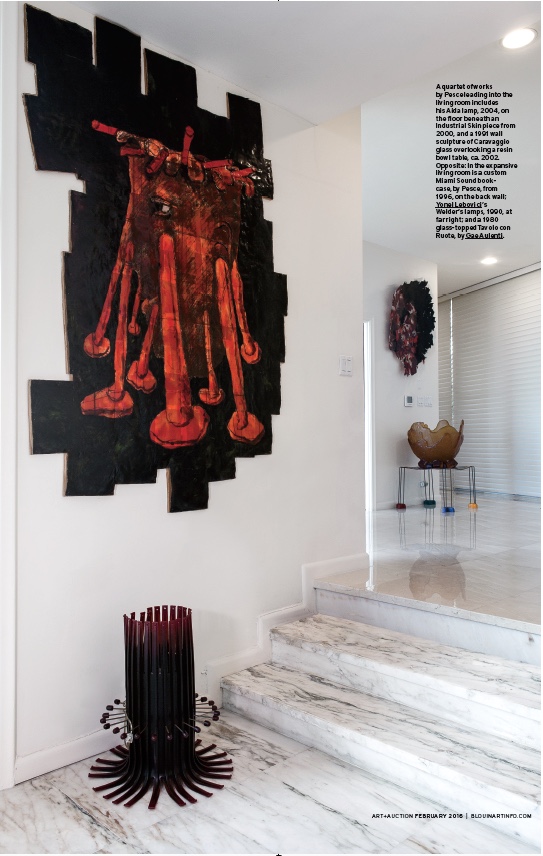
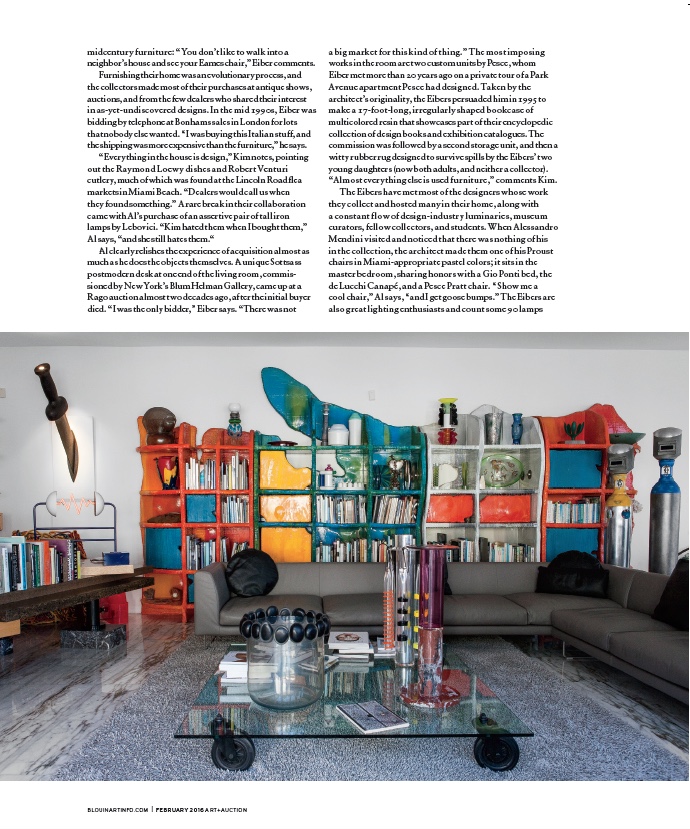
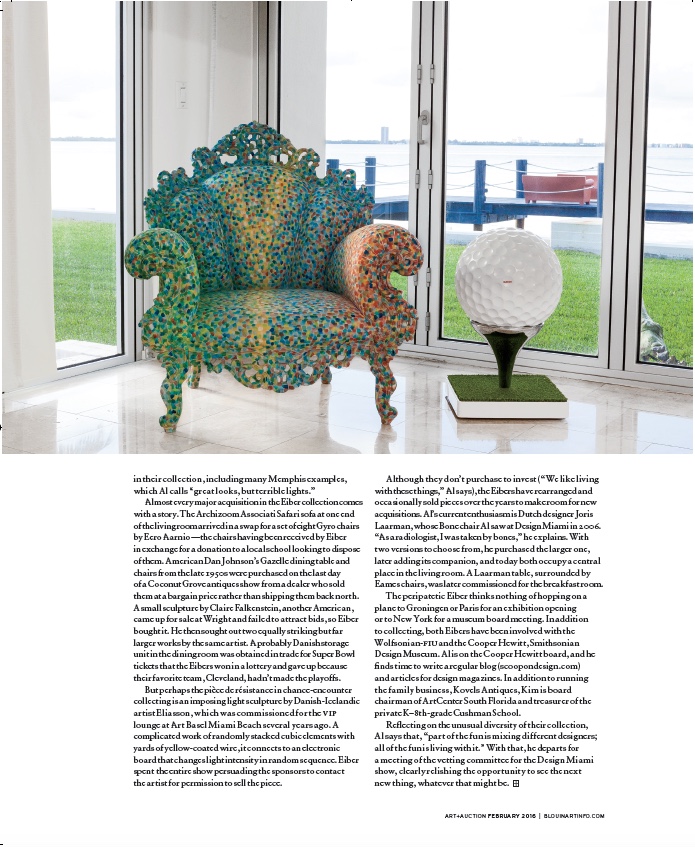
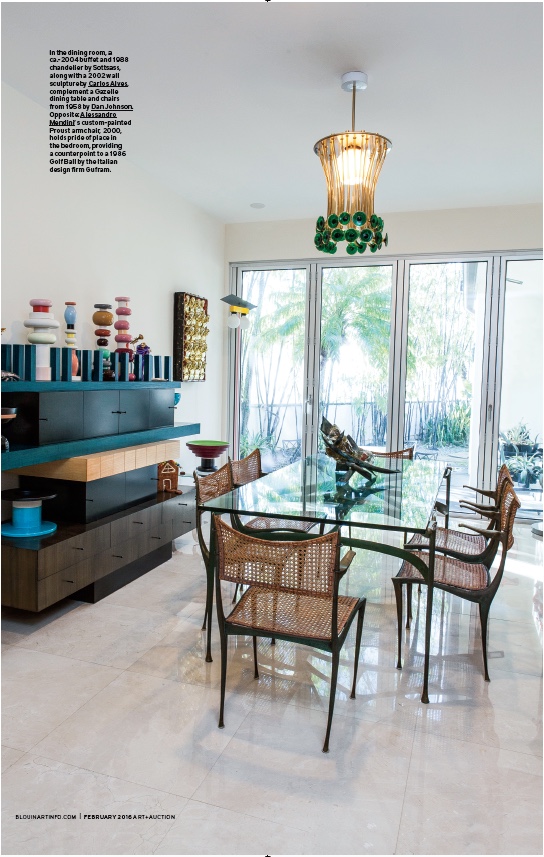

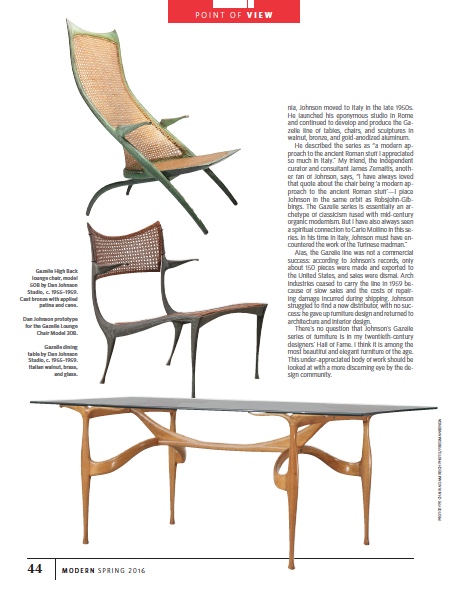
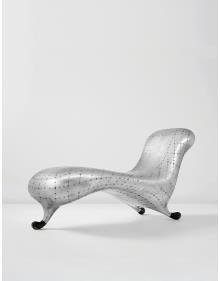
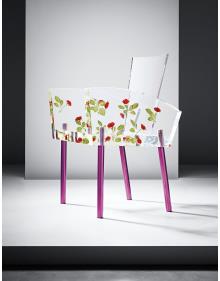
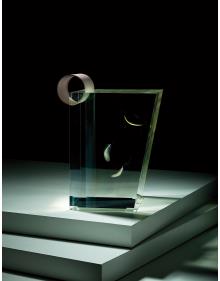
![[37] Earl Pandon Bracelet and Brooch](https://scoopondesign.com/wp-content/uploads/2015/01/37-Earl-Pandon-Bracelet-and-Brooch.jpg)
 Dimensions: H. 108x 93,5 x 85 cm.
Dimensions: H. 108x 93,5 x 85 cm.